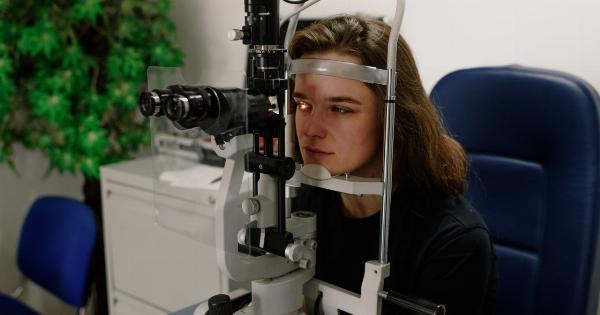Breathing difficulties can have a significant impact on a person’s quality of life. It can limit their ability to engage in physical activities, affect their productivity at work, and even disrupt their sleep patterns.
While there are various treatment options available, they often only provide temporary relief or manage symptoms without addressing the underlying cause.
Understanding Stem Cell Therapy
Stem cell therapy offers hope for patients with breathing difficulties by targeting the root cause of their condition. Stem cells have the remarkable ability to regenerate and repair damaged tissues.
This potential makes them an ideal candidate for treating respiratory conditions that involve lung damage, such as chronic obstructive pulmonary disease (COPD), idiopathic pulmonary fibrosis (IPF), and cystic fibrosis.
How Stem Cell Therapy Works
Stem cell therapy involves the extraction of stem cells from a patient’s own body or from a donor source. These cells are then processed and prepared for injection or inhalation.
Once introduced into the body, they travel to the damaged or inflamed areas of the lungs and begin their regenerative work.
1. Stem Cell Differentiation
Stem cells have the ability to differentiate into various cell types, including lung cells.
When introduced into the lungs, they can become alveolar epithelial cells, bronchial epithelial cells, or endothelial cells, depending on the specific needs of the damaged tissue. This differentiation allows them to help repair and regenerate the damaged lung tissue, improving overall lung function.
2. Anti-inflammatory Effects
In addition to their regenerative properties, stem cells also possess potent anti-inflammatory effects. In conditions such as COPD or IPF, chronic inflammation contributes to the progression of lung damage.
Stem cells can modulate the immune response and reduce inflammation in the lungs, preventing further damage and promoting healing.
3. Paracrine Signaling
Stem cells release a variety of bioactive molecules through paracrine signaling. These molecules include growth factors, cytokines, and extracellular vesicles, all of which play crucial roles in tissue repair and regeneration.
They promote angiogenesis, the formation of new blood vessels, which is essential for supplying oxygen and nutrients to the damaged lung tissue.
Improving Breathing Function and Quality of Life
By targeting the root cause of breathing difficulties, stem cell therapy has the potential to significantly improve lung function and quality of life for patients.
Research studies and clinical trials have shown promising results, with patients experiencing increased exercise capacity, improved breathing, and reduced reliance on supplemental oxygen.
Is Stem Cell Therapy Right for You?
Stem cell therapy is a relatively new and evolving field, and its application in treating respiratory conditions is still being researched. While it offers hope for patients with breathing difficulties, it may not be suitable or effective for everyone.
Each patient’s condition is unique, and a thorough evaluation by a medical professional is necessary to determine if stem cell therapy is a viable option.
The Future of Stem Cell Therapy
As research and technology continue to advance, the potential for stem cell therapy to revolutionize the treatment of respiratory conditions is promising.
Ongoing studies are exploring the optimal sources of stem cells, delivery methods, and combination therapies to enhance the efficacy of treatment.
Risks and Considerations
Like any medical procedure, stem cell therapy carries some risks and considerations. While it is generally considered safe, there is still a need for more long-term data to fully understand any potential side effects.
Additionally, the cost of stem cell therapy can be a limiting factor, as it is not yet covered by insurance in many countries.
Conclusion
Stem cell therapy holds immense hope for patients with breathing difficulties caused by lung damage. By targeting the root cause and promoting regeneration, it has the potential to significantly improve lung function and enhance quality of life.
As research progresses and technology advances, we can look forward to a future where stem cell therapy becomes an established and widely accessible treatment option for respiratory conditions.






























